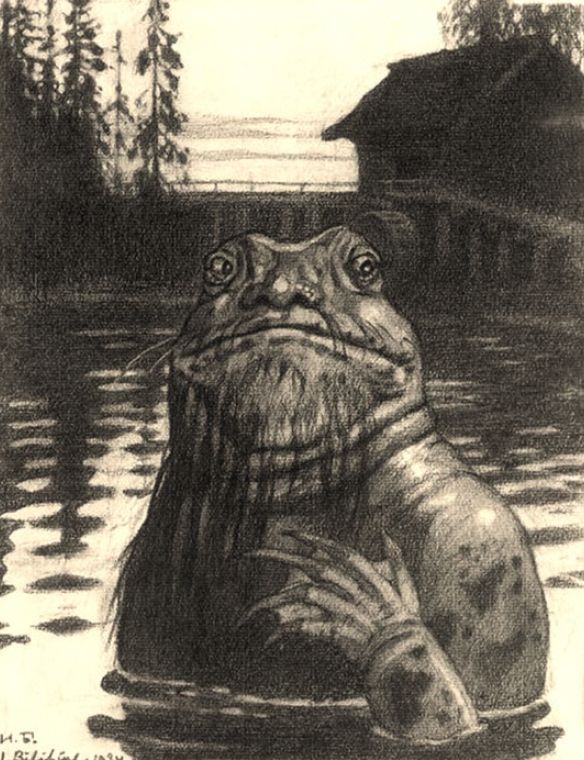2023

What comes to mind when you think of fantasy creatures?
When I think of “fantasy,” I think about the impossible, unreal creations that spring from our imaginations–and that’s not always in the form of a unicorn or an elf, you know?
Sometimes they have a supernatural origin or sci-fi or cosmic horror vibe or comic book association, and while I don’t want to say that I “want to challenge your notions of what fantasy creatures look like” –because I don’t want to be the know-it-all who makes those kinds of obnoxious declarations– I really do think that the umbrella of fantasy can encompass ALL of those fantastical things.
Anyway, there’s some art in my forthcoming book that fantasy purists will probably get on my ass about, like, “Godzilla’s not a fantasy creature!” Whatever! Write your own book! Because lemme tell you, I was never going to write a book swarming with fantastical creatures and monsters that did not include my favorite prehistoric reptilian kaiju. I don’t think any monster list is complete without our favorite enormous, destructive king of nuclear waste-spawned monsters, Godzilla.
With his gigantic stature, scaly body, and atomic breath, Godzilla is basically a dragon from ‘traditional’ fantasy art, right? Gobbling up citizens and scientists instead of knights and crusaders, devastating vast metropolises towering with glassy skyscrapers as opposed to castles and fiefdoms. Well, I think that Japanese artist Yuko Shimizu might agree if her fantastical rendering of the king of kaiju is any indication. Vividly colored, boldly realized, and with striking details, Godzilla here is a towering sci-fi fantasy dragon viewed through a surreal American pop and Japanese graphics and comic culture lens.
And since I am sharing a bit about why dear Godzilla shows up in The Art of Fantasy, I thought I’d give you a peek as to this fantastical radioactive beast’s cronies in the companion spreads

Peerless illustrator of Russian folklore, Ivan Bilibin (1876–1942) was a graphic artist and stage/costume designer who was largely influenced by Art Nouveau and whose work is commonly associated with Russian fairy tales – to the extent that we could say his work very much defines our perceptions today of what Russian folklore art looks like. Seen here is Bilibin’s depiction of a water-dwelling demonic creature found in the mythology and lore of Eastern Europe – the Vodyanoi.
A bloated, cranky frog-faced old water spirit who, when angered, breaks dams, washes down water mills and drowns people and animals – the surest way to rile the Vodyanoi is to upset the natural balance of his watery habitat. Although according to legend, he can be appeased with a knob of butter. That seems fairly relatable

A multiple-award-winning artist specializing in science fiction and fantasy illustration, the works of Vincent Di Fate span the remote frontiers of astronomical art and aerospace illustration – space chases, futuristic supermen, machines born of dreams or nightmares. Astonishing voyages of the imagination to the edge of the cosmos and vast worlds inhabited by incredible beings, light years away from planet Earth.
Some of these visions, however, live a little closer to home. Di Fate casts an eye on one of the ‘truly remarkable character designs of the 1950s science fiction movie genre’, that infamous gilled man captured by scientists in the Amazonian jungle. Thought to be a missing link between creatures that lived in the water and those that walked on land, its appearance is both fantastical and terrifying, and, in Di Fate’s hand, rendered breathtakingly beautiful, as well
Pre-order your copy of The Art of Fantasy by August 1 from any retailer and be one of the first 100 readers to receive bonus goodies! Details here.
